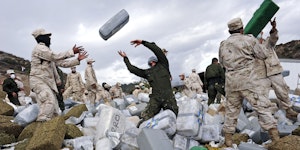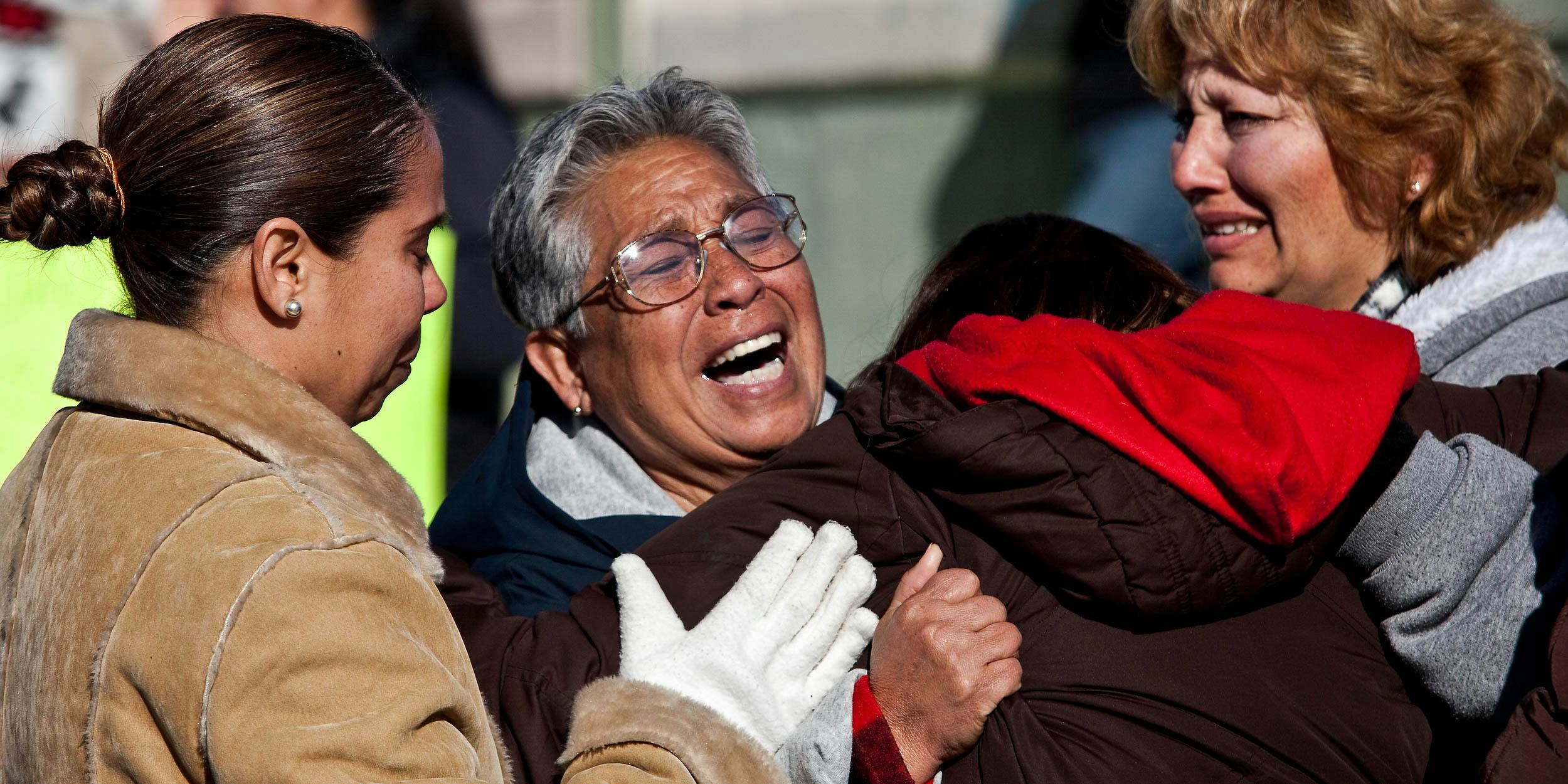
Relatives of Jaime Irigoyen Flores, a 19-year-old baseball player and law student, break down after they find out their son was found dead. Flores was reportedly grabbed by the military from his home and found executed the next morning. (Photo by Richard Ellis)
Spending Time with Mexican Drug Cartels in the Border Town of Juárez
Juárez, just next to El Paso, Texas, has become so dangerous people are afraid to cross the border to visit relatives.
The slums that dot the hillside just across the narrow waters of the Rio Grande might as well be a world apart from the suburbs of El Paso, Texas. They serve as a reminder of just how much the city has parted with its southern neighbors ever since the war on drugs and a steel fence divided them.
“Juárez was once a jewel and now it is a faded city,” says photojournalist Richard Ellis, who has documented the drug war in Ciudad Juárez, the home of what was once the most powerful cartel in Mexico.
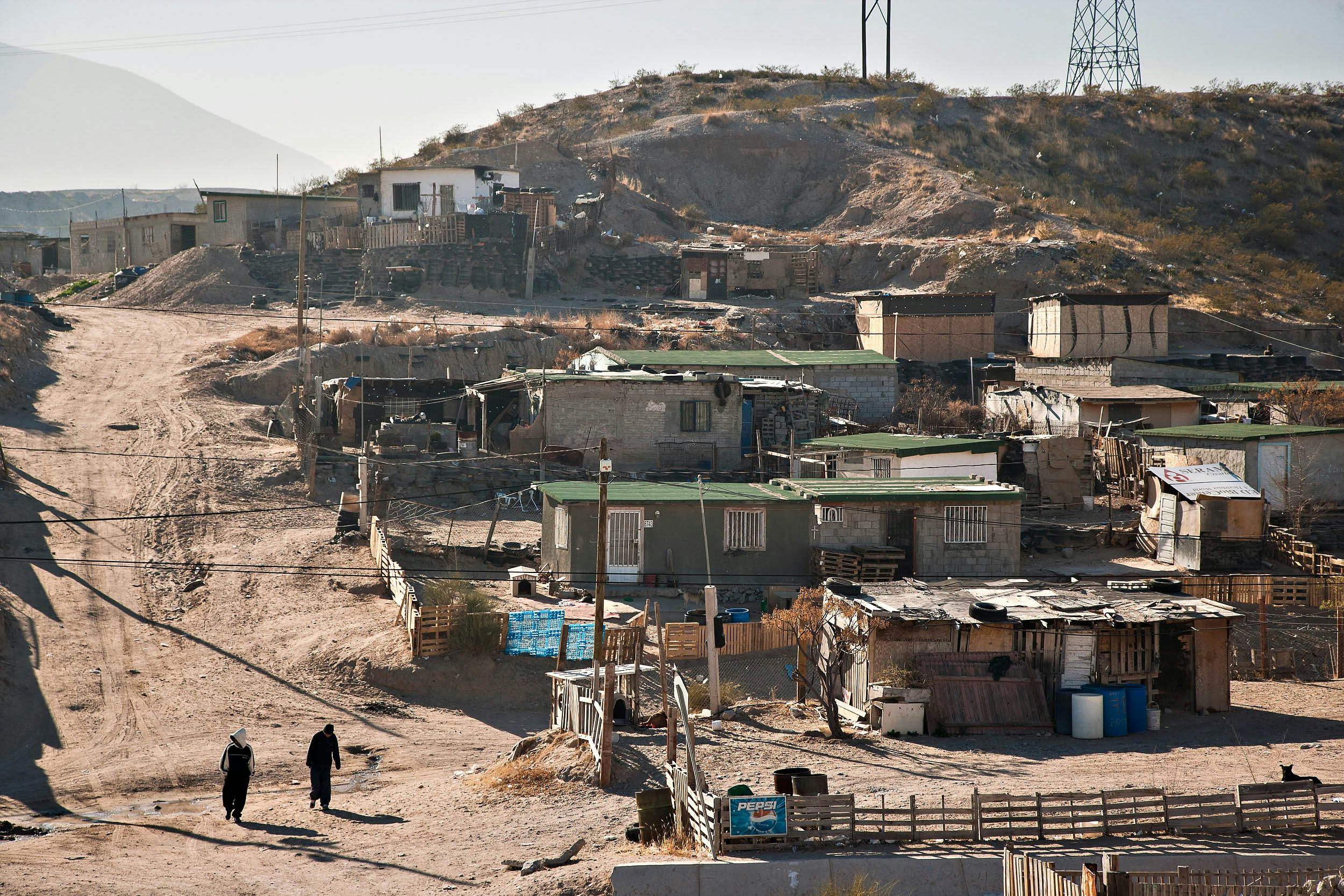
El Paso and Juárez have a 200-year relationship that can hardly be torn apart by the fence that was completed in 2009. Family members still live on both sides of the border.
Americans and Mexicans alike used to be free to walk across it in southwestern Texas. Juárez also once welcomed off-duty American troops who crossed the river freely from El Paso’s Fort Bliss and fueled the city’s tourism industry.
But once the drug war escalated and Juárez became the gateway for nearly 90 percent of the cocaine entering the US, this all came to a halt. The soldiers were banned from crossing and everyone else was too afraid to make the trip.
What’s left of the city’s legal economy is now dominated by American factories and businesses like Costco, Walmart, Starbucks and just about everything else El Paso has, but at a lower price. The only people who cross the border regularly these days are the factory bosses—targets of kidnappings—who return home to the safety of the El Paso suburbs at night.
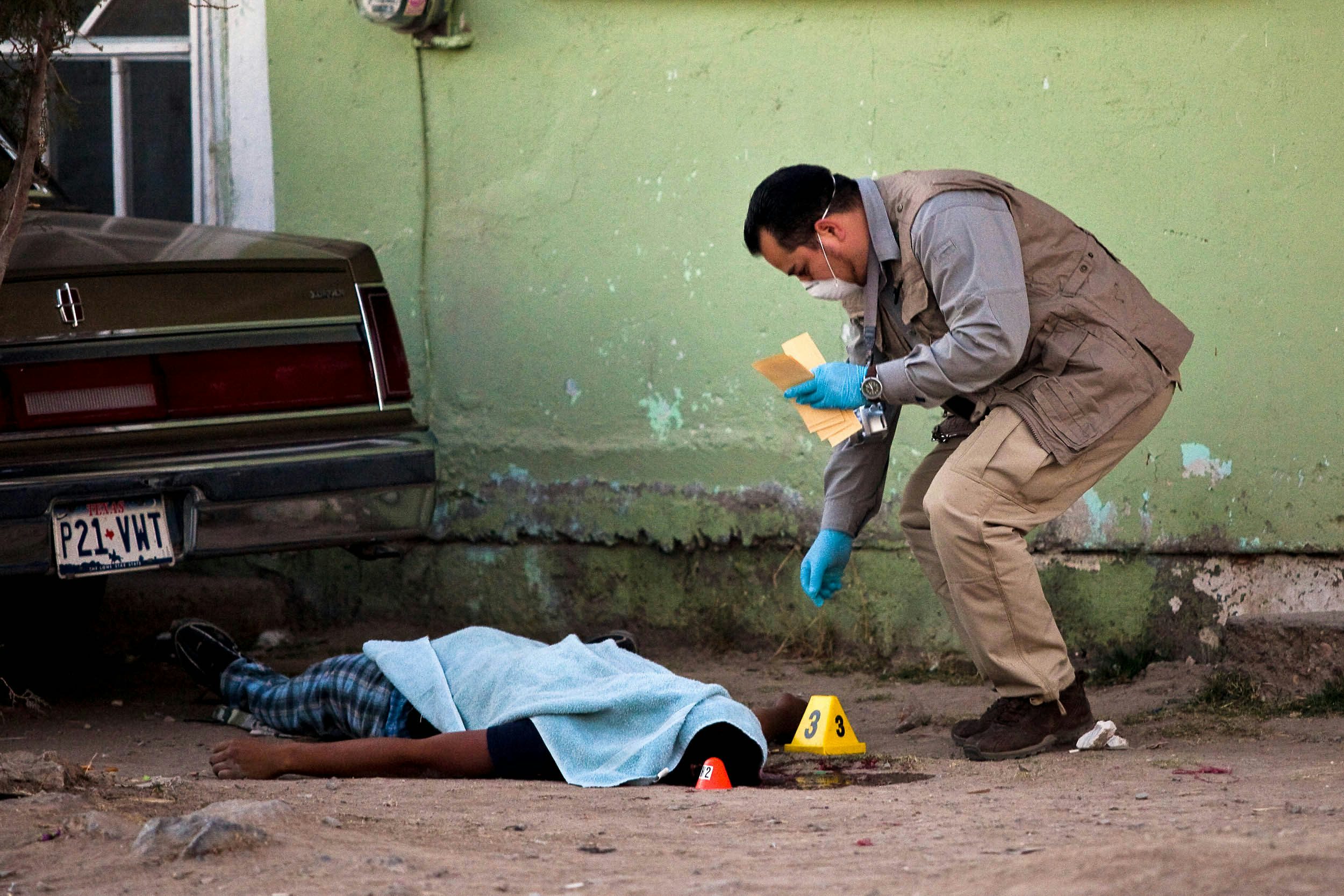
It’s more than American retail chains, however, that still tie the cities together. After all, America is the cartels’ best customer and when the US cracks down on them, the drugs they sell—and the violence that comes with them—find their way onto the streets of Juárez. Meanwhile, the cartel bosses rely on kidnappings, prostitution and whatever else it takes to stay in business as a result of the lost income.

“The cartels are very flexible and if they can’t make money on drugs they do what they can to make payroll,” says Ellis, who was given rare access to the cartels.
Since the drug war began in Mexico, more than 100 local reporters have either been killed or gone missing, according to the Committee to Protect Journalists. But, Ellis says, the cartels didn’t mind him photographing them—or the gruesome scenes that have become a part of their daily life—as long as his images didn’t end up in the local news.
“There are times that Juárez is almost normal and there are times when it is a nightmare,” says Ellis. “The bodies in the streets are something that comes and goes like the seasons.”
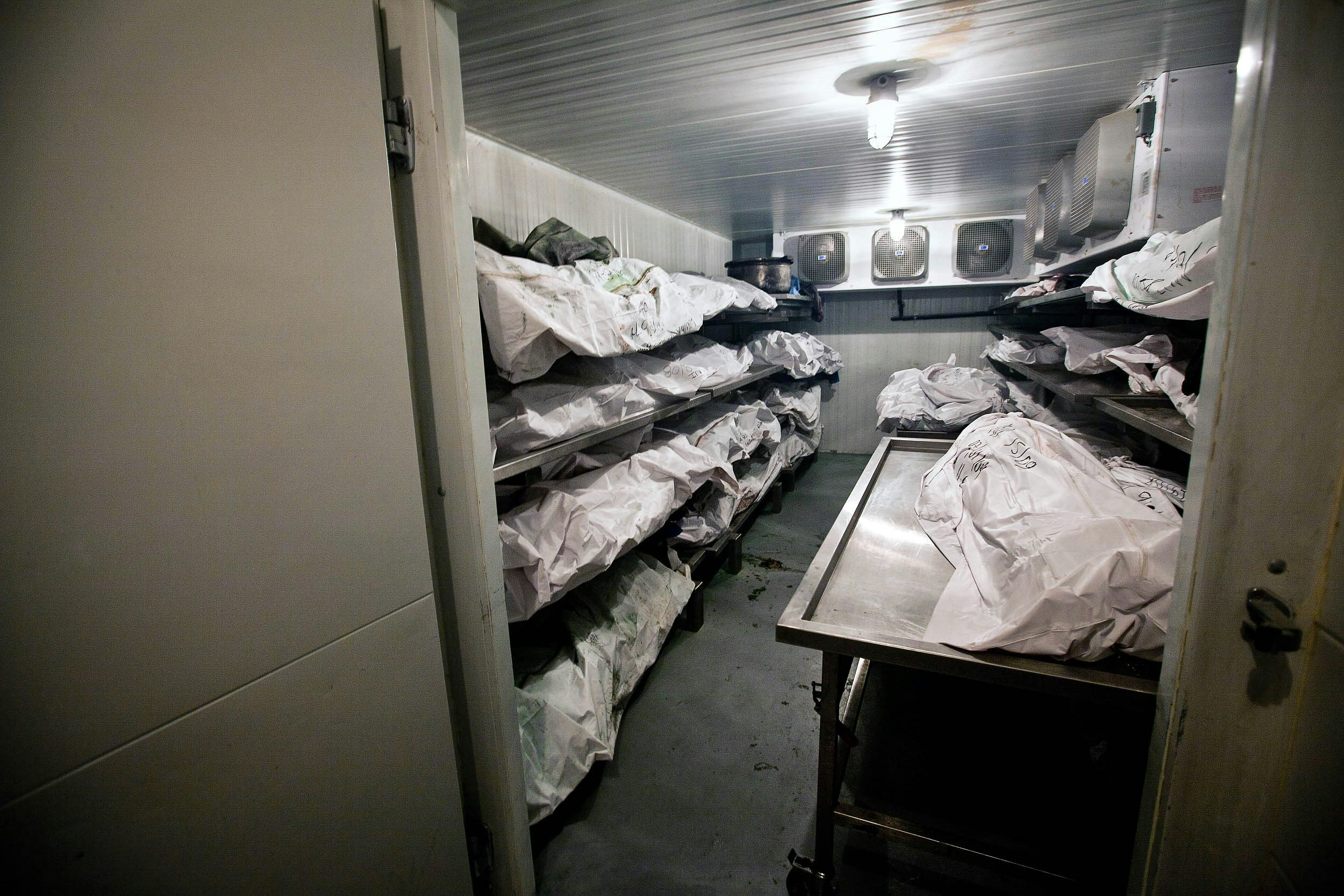
That violence is determined by the current stability of the cartels, something local residents have to check regularly like the weather.
“Mostly people are tired,” Ellis says, “sad and exhausted by the failure of anyone to do anything. If the government cracks down, the violence increases and crime skyrockets. If the government looks the other way, corruption skyrockets and the citizens suffer.”
Herb Recommended Products:
READ MORE
